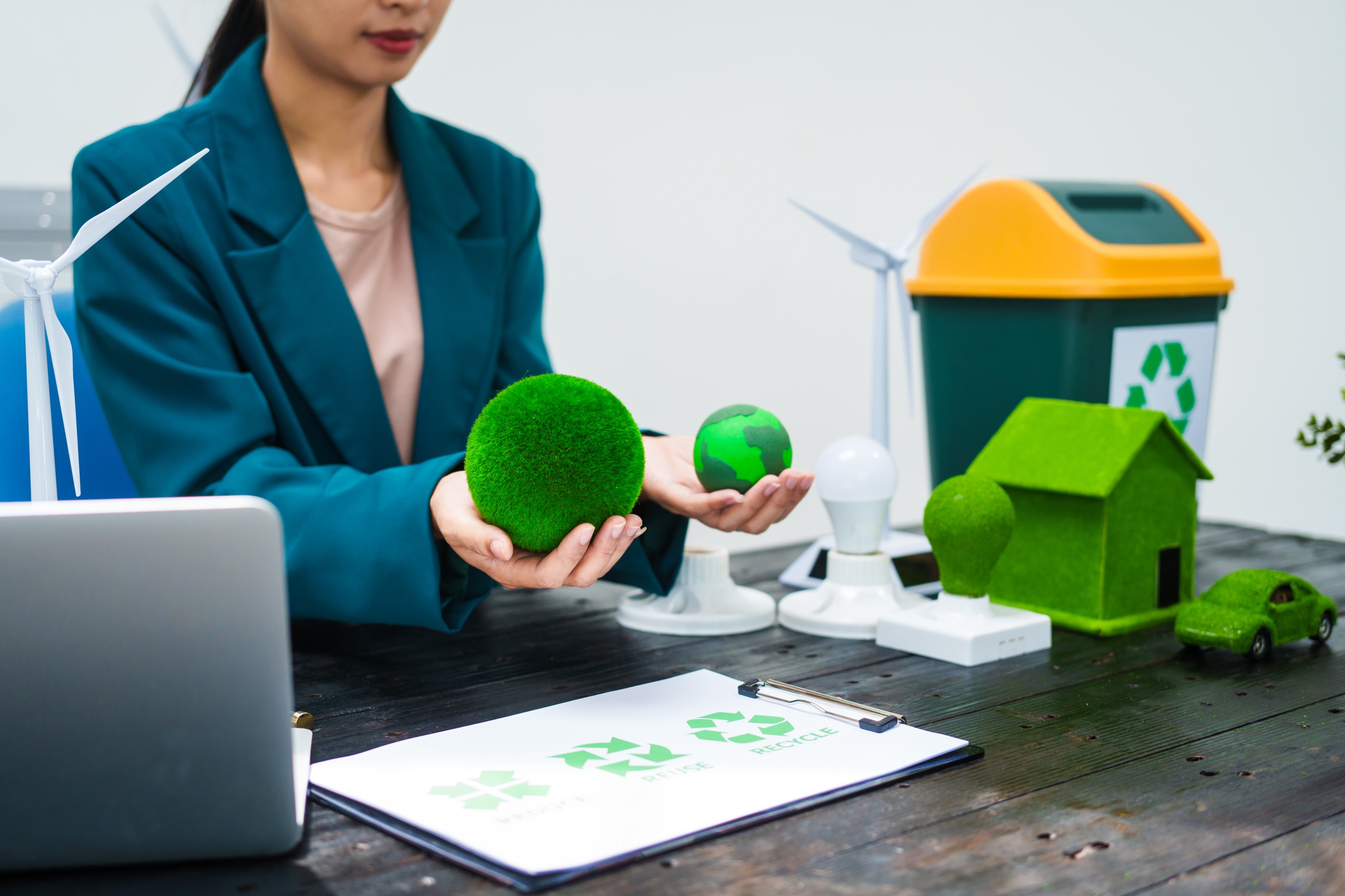Biodegradable IoT: Sustainable Devices for an Eco-Friendly Future

As the Internet of Things (IoT) continues to expand, billions of sensors and devices are deployed worldwide. While these technologies improve efficiency and convenience, they also contribute to e-waste, raising significant environmental concerns. Enter biodegradable IoT—a revolutionary concept that combines connectivity with sustainability, paving the way for eco-friendly, disposable devices.
This blog explores biodegradable IoT, how it works, its applications, and its potential to create a greener future.
1. Growing E-Waste
By 2030, the world is expected to generate over 74 million metric tons of e-waste, much of which will come from IoT devices like sensors, wearables, and smart appliances.
2. Limited Recycling
IoT devices often contain a mix of metals, plastics, and electronic components that are difficult to recycle, leading to landfill accumulation.
3. Environmental Damage
Toxic materials in IoT devices, such as lead and mercury, can leach into soil and water, causing long-term ecological harm.
These challenges underscore the need for sustainable alternatives like biodegradable IoT.
Biodegradable IoT devices are environmentally friendly sensors and systems made from materials that decompose naturally after their lifecycle ends. These devices maintain full functionality during use but break down into non-toxic components when discarded.
Key Features
Eco-Friendly Materials: Made from biodegradable polymers, organic electronics, and plant-based substrates.
Short Lifecycle Design: Intended for temporary or single-use applications, such as environmental monitoring or healthcare diagnostics.
Energy Efficiency: Often powered by biodegradable energy sources, such as microbial fuel cells or paper-based batteries.
Material Selection Devices are made using sustainable materials like cellulose, silk proteins, or corn-based polymers, ensuring they decompose naturally.
Energy Harvesting Biodegradable devices often incorporate energy harvesting techniques, such as solar power or microbial fuel cells, to eliminate reliance on conventional batteries.
Functional Layers Thin layers of organic conductive materials, such as graphene or PEDOT, enable electronic functionality while being environmentally friendly.
Controlled Degradation Engineers design these devices to degrade under specific conditions, such as exposure to water, heat, or microbes, ensuring they remain functional during their intended lifespan.
1. Environmental Monitoring
Soil Sensors: Monitor soil quality and moisture levels for sustainable farming.
Ocean Buoys: Measure water pollution or marine biodiversity without leaving waste behind.
2. Healthcare
Biodegradable Implants: Temporary medical implants that monitor recovery and dissolve naturally once the job is done.
Single-Use Diagnostics: Sensors for rapid medical testing that decompose after use.
3. Smart Packaging
Food Supply Chains: Biodegradable sensors monitor temperature, humidity, and freshness during transit, reducing waste and ensuring quality.
Pharmaceutical Tracking: Eco-friendly sensors ensure compliance with storage conditions for sensitive drugs.
4. Agriculture
Crop Monitoring: Decomposable sensors track crop health, nutrient levels, and pest activity, improving yields and reducing waste.
5. Temporary Deployments
Disaster Relief: Sensors deployed during emergencies to monitor conditions, such as air quality or structural safety, dissolve naturally once no longer needed.
Reduced E-Waste Eliminates the accumulation of discarded electronics, reducing landfill overflow and environmental harm.
Sustainability Promotes the use of renewable materials, lowering the carbon footprint of IoT devices.
Non-Toxic Disposal Decomposed materials are safe for the environment, posing no risk to ecosystems.
Cost Efficiency Simplifies end-of-life processing by removing the need for recycling or specialized disposal.
Compliance with Regulations Aligns with evolving environmental policies and e-waste management laws.
1. Limited Durability
Striking a balance between functionality and controlled degradation is a key challenge.
2. High Development Costs
Innovative materials and technologies are costly, making biodegradable IoT less accessible to smaller organizations.
3. Scalability
Mass production of biodegradable IoT devices remains a hurdle due to material limitations and manufacturing complexities.
4. Compatibility
Integrating biodegradable components with existing IoT infrastructure requires hybrid solutions.
5. Public Awareness
Promoting the adoption of biodegradable IoT depends on educating businesses and consumers about its benefits.
Advanced Materials Researchers are exploring new biodegradable materials, such as protein-based electronics and nanocellulose, to enhance performance.
Self-Powered Devices Future biodegradable IoT devices will integrate energy-harvesting mechanisms for autonomous operation.
Regenerative Systems Combining biodegradable IoT with regenerative technologies, such as sensors that enrich soil as they decompose.
Widespread Adoption As costs decrease and regulations tighten, biodegradable IoT is expected to become a standard in industries like agriculture, healthcare, and logistics.
Hybrid Systems Bridging biodegradable and traditional IoT systems to enable gradual transitions for businesses.
Biodegradable IoT aligns with global sustainability goals, addressing the urgent need for eco-friendly solutions in a rapidly growing digital ecosystem. By reducing e-waste and minimizing environmental impact, it offers a pathway to achieving responsible technological innovation.
Biodegradable IoT is not just about reducing waste—it’s about rethinking how we design and use technology. By combining functionality with environmental responsibility, biodegradable IoT devices can lead to a future where innovation and sustainability go hand in hand.
As industries adopt this groundbreaking technology, we take one step closer to creating a cleaner, greener, and smarter planet.

For modern telecom enterprises, delivering exceptional QoS is no longer optional—it’s a brand differentiator and a strategic lever for growth. Static provisioning models won’t cut it in a world of hyper-dynamic data usage.